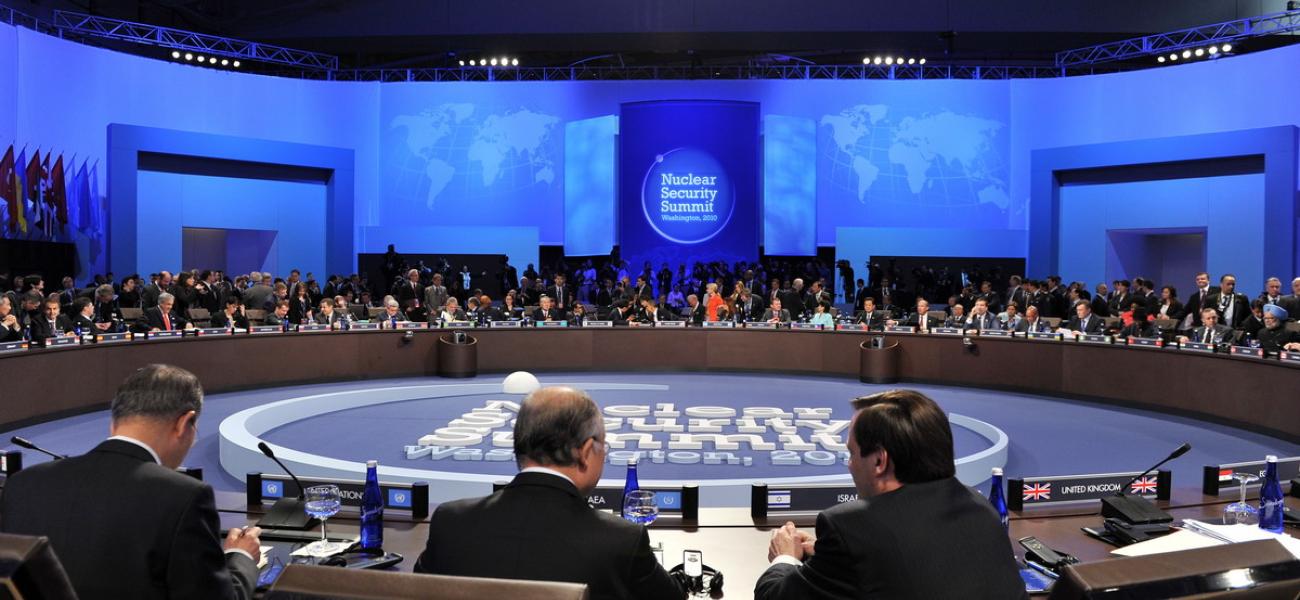
Treaties, Numbers and Norms
This is a summary of an article originally published by Arms Control Wonk.
In his latest article, Michael Krepon (the co-founder of the Stimson Center), discusses the state of arms control treaties and possibilities for the future. His main argument is that we "can succeed at reducing nuclear danger by extending key norms even when a treaty- and numbers-centric approach to arms control faces serious obstacles."
Krepon puts forward a number of different norms. One, the "most critical," is "no battlefield use of nuclear weapons." This norm goes hand in hand with the norm of not testing nuclear weapons as well. Krepon also indicates the norm of nonproliferation, pointing out that it has been over two decades since a new state has acquired nuclear weapons.
Krepon believes that norms are the path forward, as he believes that "the geometry of global nuclear competition and domestic divisions in the United States are not conducive to new treaty making. Norms, in contrast to pure numbers, "aren't about hierarchies; they apply to everyone;" thus, negotiations on this basis can bring in every nuclear-armed power instead of being based simply on bilateral diplomacy, which, according to Krepon, "is in the doldrums everywhere."
In this way, Krepon sees including the United States, Russia, China, India, Pakistan, Great Britain and France in talks. He excludes Israel and North Korea "because adding them is likely to increase complications even more." The heart of these talks, in Krepon's view, is "extending and reaffirming norms against the use of nuclear weapons, testing and nonproliferation." All countries, says Krepon, "could benefit from norm-setting and strengthening measures that reaffirm responsible possession of nuclear weapons."
Read the full article at Arms Control Wonk.
Michael Krepon
Michael Krepon is the co-founder of the Stimson Center.
Photo from Wikimedia Commons shared through a creative commons license.
